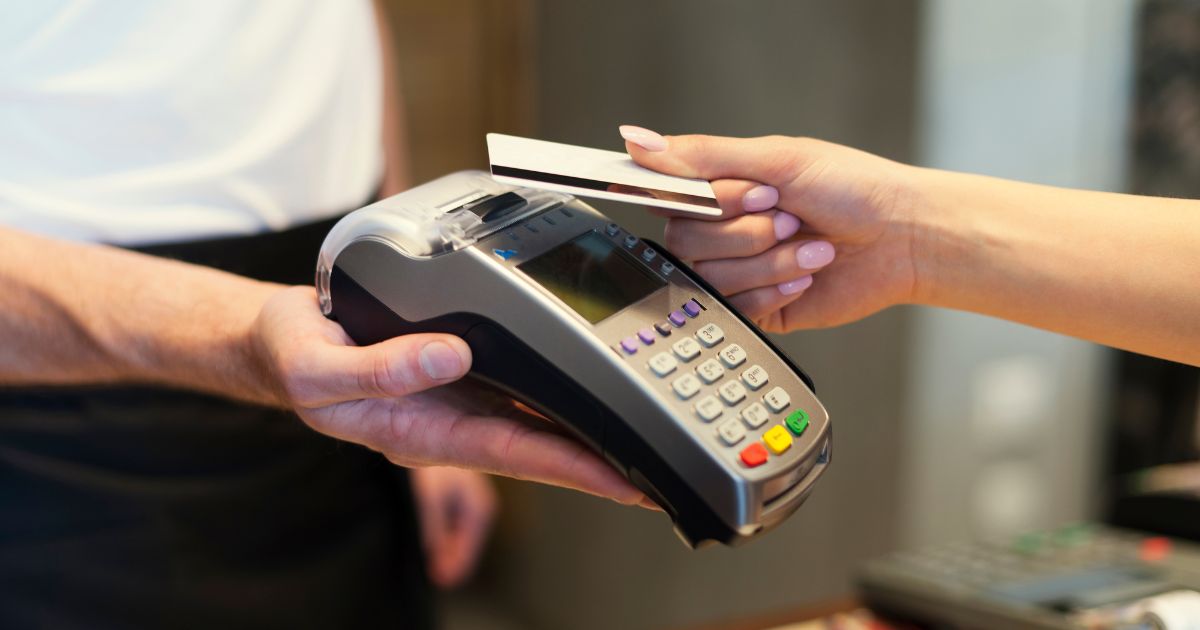
| April 18th, 2024 |
Unlocking the Power of Payment Terminals — A Comprehensive Guide!
Payment terminals are essential technologies for enabling transactions in today’s economy. But what are they, and how do they function? Let’s get into the world of payment terminals and answer some common queries about them.
What is a Credit Card Payment Terminal?
A credit card payment terminal, often known as a point-of-sale; POS terminal, is a device that accepts credit and debit cards. It serves as a mediator between the customer’s card, the merchant, and the payment processor, securely sending transaction data.
How Much Does a Payment Terminal Cost?
Payment terminal costs vary depending on the brand, features, and connectivity choices. Entry-level devices may start around $100, while advanced terminals with more capabilities might cost $300 to $1000 or more.
What is the Most Common Payment Terminal?
The most prevalent type of payment terminal nowadays is the EMV (Europay, Mastercard, and Visa) terminal, which accepts chip card transactions. EMV technology offers more security than regular magnetic stripe cards.
How Do I Set Up a Payment Terminal?
Setting up a payment terminal involves several steps:
- Unboxing and assembling the terminal.
- Connecting it to a power source and the internet or phone line.
- Installing any necessary software or updates.
- Activating the terminal with your payment processor or acquiring bank.
- Testing transactions to ensure proper functionality.
How Do Payment Terminals Work?
When a customer makes a card payment:
- They insert, swipe, or tap their card.
- The terminal reads the card’s information.
- The transaction details are encrypted and sent to the payment processor.
- The payment processor verifies the transaction with the card issuer.
- Approval or denial is sent back to the terminal.
- A receipt is printed or sent electronically to the customer.
How Do You Use a Credit Card Terminal?
Using a credit card terminal is straightforward:
- Select the payment method (credit or debit).
- Follow the on-screen prompts to insert, swipe, or tap the card.
- Enter any required information (e.g., PIN).
- Wait for the transaction to process.
- Confirm the transaction amount.
- Collect the receipt (if applicable).
What is a Cashless Payment Terminal?
A cashless payment terminal is simply a payment terminal that enables transactions without the use of real cash. It accepts a variety of electronic payments, including credit and debit cards, mobile wallets, and contactless transactions.
What is an Example of a Payment Terminal?
One example of a payment terminal is the Verifone VX520, a popular choice among merchants. It supports multiple payment types, including EMV chip cards and NFC/contactless payments, and offers robust security features.
Summary:
| Topic | Key Points |
| Payment Terminals | Facilitates credit/debit card transactions. |
| Cost | Varies based on features, starting from $100. |
| Common Type | EMV terminals for chip card transactions. |
| Setup Process | Unboxing, connecting, activating, and testing. |
| Functionality | Reads card information, encrypts data, and verifies. |
| Usage | Select payment method, follow prompts, confirm amount. |
| Cashless Terminals | Accepts electronic payments, no physical cash needed. |
| Example | Verifone VX520: Supports EMV, NFC, and more. |
Understanding payment terminals is critical for any business that wants to speed transactions and deliver a smooth checkout experience for clients. Merchants may optimize their operations and stay ahead of the competition in today’s cashless economy by acquiring the necessary information and tools.
